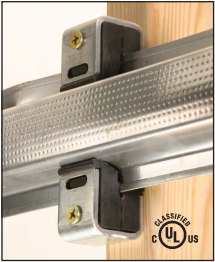The art of sound absorption
Have you ever walked into any empty room and noticed how bad the reverberation was? Perhaps it was a house or an apartment that you were looking at for purchase or rent. Generally, when a room is empty, there is nothing to absorb extra sound waves. An empty room without any drapes or carpet is also worse. This is where you require sound reflective panels.
After furniture, drapes and carpet were put in your room you might have noticed a striking difference in the acoustics of that room.
The reason for this striking change is simple. Most items like furniture, carpet and drapes absorb sound waves. The items that don’t absorb sound waves will deflect them. Materials like carpet and fabric will absorb sound waves resulting in a more impressive ambience while materials like leather and vinyl will reflect sound waves causing extra noise generally known as flutter echo and slap. You should apply dynamometer test cell noise control measures in this scenario.
Often, the existing furnishings and interior in a room is not enough to absorb the extra sound waves. Sound absorption panels and sound reduction systems, are generally used to absorb extra high and mid level frequencies.
There are various manufacturers that provide Isomax sound clips in different sizes, shapes and styles. While most of the sound panel manufacturers provide a limited color selection and fabric style, there are some that provide a bigger assortment. Sound panels can be arranged in different ways frequently making them a conversation centerpiece. Several manufacturers use fiberglass insulation with chemicals or foam that can be rough to highly dangerous for our health like formaldehyde. As our world has become more aware about the environment, some manufacturers have commenced using eco-friendly cotton fiber as the core of their sound panels. The sound absorption attributes of cotton fiber is unmatched making them, according to many people’s opinion, the best option.




Comments
Post a Comment